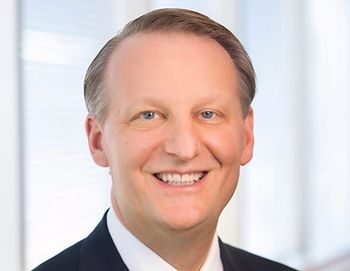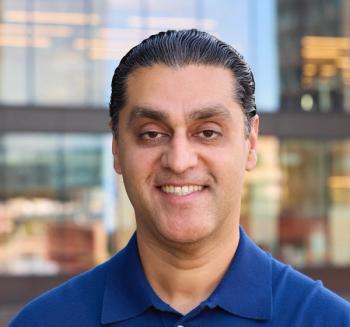
Immersive Announces Updated Data Governance Framework for Healthcare
“Don’t be afraid to learn about the discipline of data governance. The great news is, you’re probably already doing some of this."
Florida-based data management company Immersive today announced the release of clarityDG 2.0, a data governance framework aimed specifically at the healthcare sector.
The announcement comes just months after the American Health Information Management Association updated its Information Governance Adoption Model (IGAM) and the Office of the National Coordinator announced its
“We’d always set an eye to align more specifically with AHIMA’s model, and then when ONC did its work with the PDDQ framework, it just was another piece to ensure that there was continuity and seamlessness around the emerging standards for different domains of data,” Crabb told Healthcare Analytics News™.
She said that previous frameworks are more theoretical than actionable, and aligning their new framework to those other 2 recent efforts represents a concerted effort to bridge theory into practice. clarityDG 2.0 includes bolstered performance indicators to tie the work more closely with population health, personalized medicine, and patient engagement initiatives.
In the company’s
Frequent failure is a common and dissuasive theme, Crabb said. She explained that organizations in the industry usually fit 1 of 3 profiles: Either they are doing very little to organize and manage their data on a holistic level; they are yet to fully mobilize but do have individuals beginning to evangelize on the matter and may have tried unsuccessfully to institute governance in the past; or they have fully embraced data governance efforts and are actively employing steps to best store and manage information.
Even in the first profile, she said, there are pockets where data governance practices take hold, they just aren’t applied in a connected or comprehensive way. Most providers fall into the second category: Aspiring to be better, but still lacking in success.
The disparate state of data governance in healthcare—particularly among providers—was another factor in the model’s development. Immersive president Dan Rounds added that a lack of external motivation (often in the form of competition) often leads providers to do little with their data.
“There’s no business case. They have no payment model changes coming down the line, their business is simpler,” he said. As the healthcare system itself changes, though, so will their need. “You can’t shift from fee-for-service to risk-based contracts and not have good data to base the decisions on,” he added.
A sense that the work would be overwhelming both keep organizations from adopting better practices, both Rounds and Crabb agreed, but that’s something providers will need to move past. Frameworks, like the one her firm just announced, can help.
“Don’t be afraid to learn about the discipline of data governance,” Crabb said. “The great news is…you’re probably already doing some of this. It’s just a matter of bringing in a supporting structure and the skills development into your organization in order to implement it more formally.”






























































































